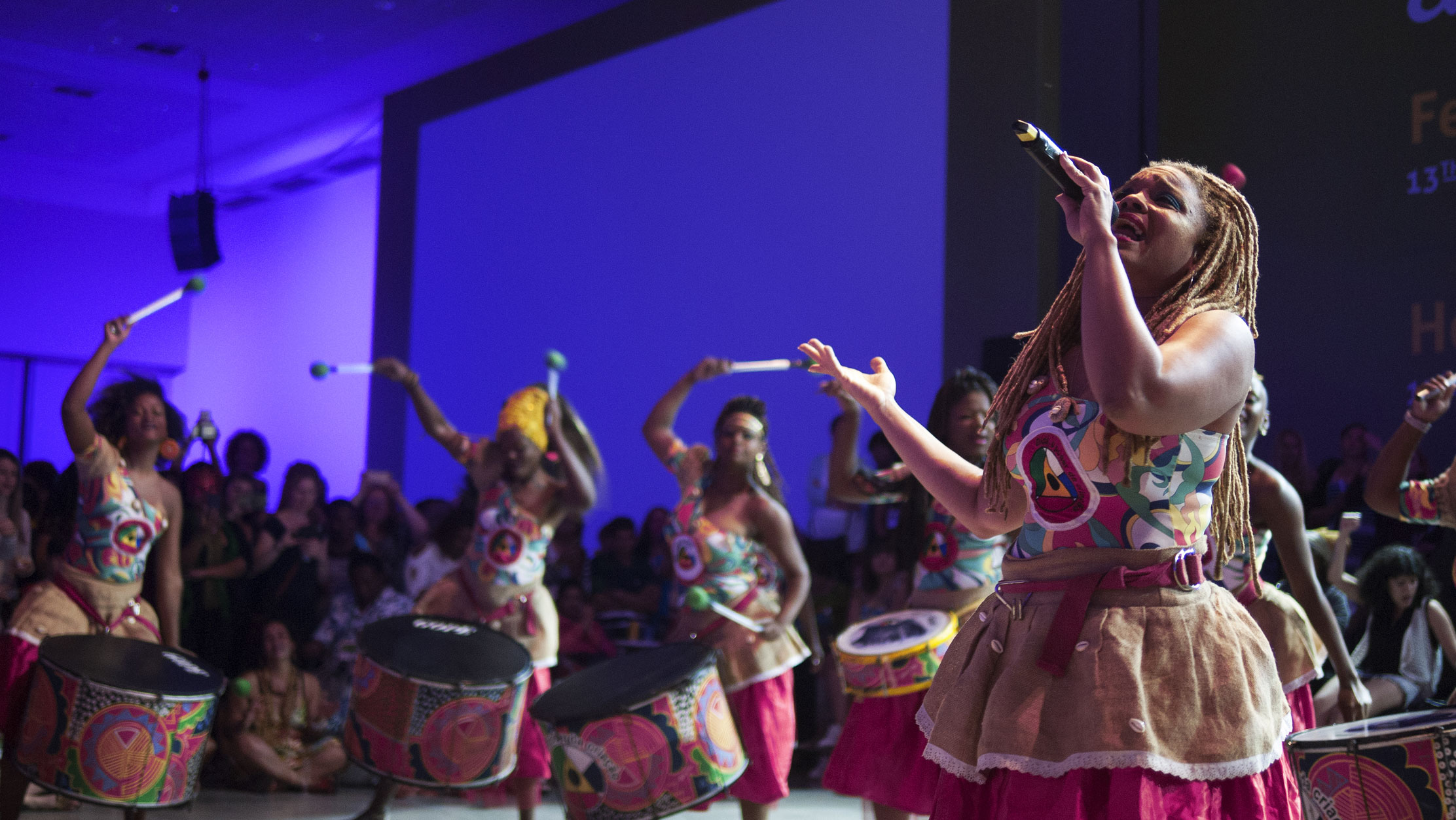Women Moving Mountains: The Collective Impact of the Dutch MDG3 Fund
This second report in a research series on resources for women's rights organizing analyzes the aggregate impact of women’s organizations around the world that received grants from the Dutch Ministry of Foreign Affairs’ MDG3 Fund.
